Home>Ideas and Tips>Whispers Of The Past Restoring Antique Furniture
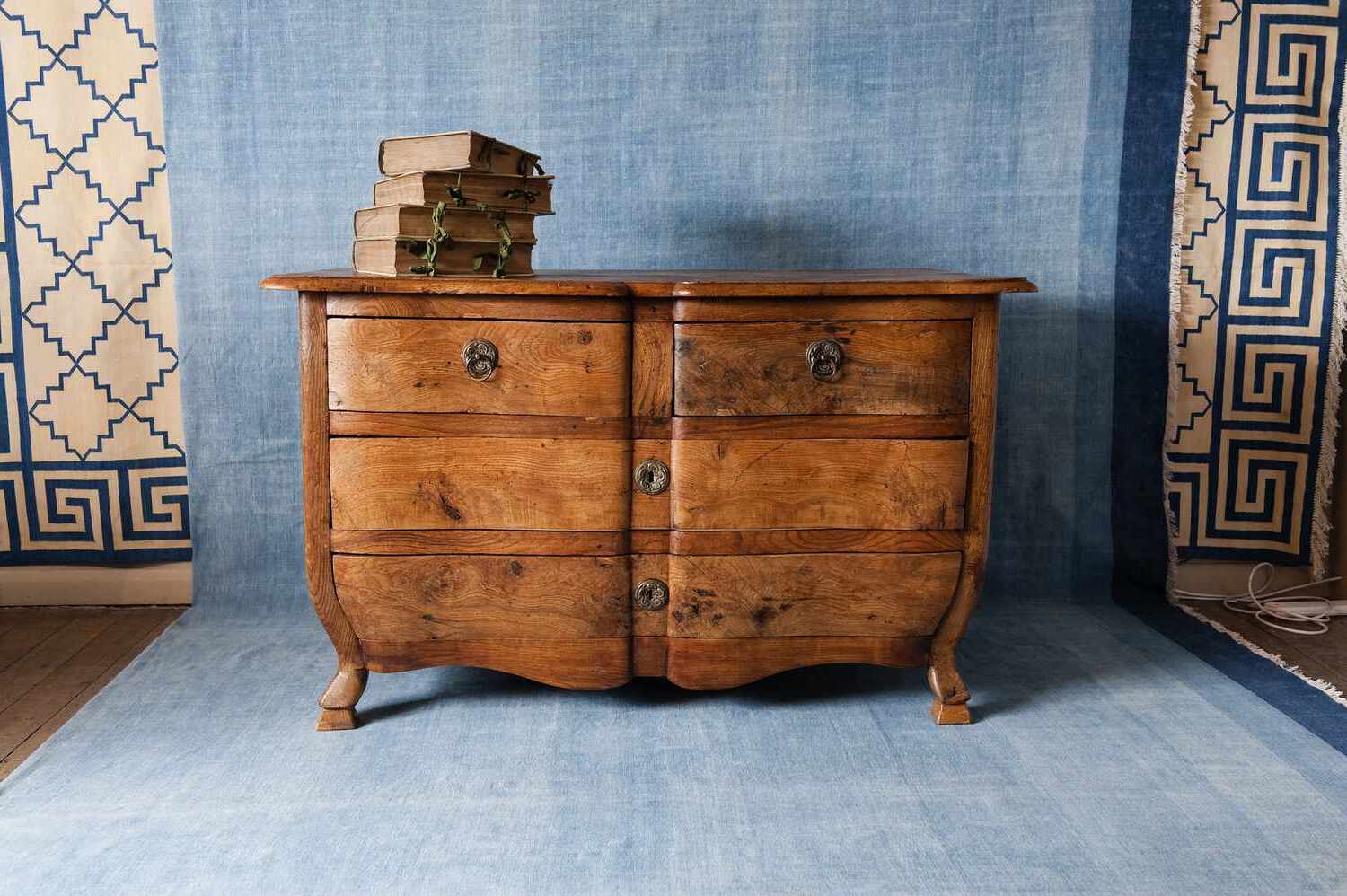

Ideas and Tips
Whispers Of The Past Restoring Antique Furniture
Modified: October 28, 2024
Discover the art of restoring antique furniture, preserving history, and adding elegance to your home with expert techniques and timeless conservation tips.
(Many of the links in this article redirect to a specific reviewed product. Your purchase of these products through affiliate links helps to generate commission for Storables.com, at no extra cost. Learn more)
In the world of home improvement, few endeavors are as rewarding as restoring antique furniture. These pieces not only hold historical significance but also carry the memories and stories of the past. Whether you're a seasoned woodworker or a DIY enthusiast, restoring antique furniture can be a labor of love that brings both personal satisfaction and a touch of elegance to your home. So, why is it important to restore antique furniture? Well, let's dive into that.
Antique furniture is more than just a piece of wood; it's a window into the past. Each chair, table, and cabinet has a story to tell, from the craftsmanship of its makers to the lives of those who once owned it. Preserving these pieces is not only about maintaining their physical integrity but also about safeguarding the memories and history they embody. By honoring the craftsmanship of the past, we ensure that the memories and stories imbued within each piece are preserved for future generations. This approach not only respects the heritage of the furniture but also adds to its value and significance.
Before starting any restoration project, it's crucial to evaluate the original finish of the furniture. Many people mistakenly believe that stripping off the old finish is the only way to restore a piece. However, this approach can often damage the underlying wood and strip away valuable patina, which is a desirable characteristic of antique furniture. Most old finishes do not need to be completely removed to restore the appearance of old furniture. Instead, techniques such as sealing damage, cleaning, abrading the old finish (if necessary), and finally waxing can be used to achieve beautiful results without compromising the integrity of the piece.
Steps to Restore Antique Furniture
-
Sealing Damage: Damage such as dents, scratches, and small areas of finish that have been worn away can be sealed using light-colored shellac. This process involves applying several light coats of shellac to the damaged area using a red-sable artist's brush. The shellac should be allowed to dry overnight before any further treatment.
-
Cleaning: Cleaning is a critical step in restoring antique furniture. However, it's essential to know what type of finish you're dealing with so that you can use the appropriate cleaners. Test the finish by applying denatured ethyl alcohol to an inconspicuous spot. If the finish is sticky, it's likely shellac; if it's not sticky, it might be an oil-based varnish or polyurethane. Use hydrocarbon-based cleaners like mineral spirits or Stoddard solvent, but always test a small amount on an inconspicuous area first. Certain oil-based finishes can irreversibly whiten on exposure to some hydrocarbons, so testing is essential.
-
Abrading the Old Finish: In some cases, the old finish may need to be abraded to remove dirt, oils, and old polishes that have accumulated over years of use. This process should be done carefully to avoid damaging the underlying wood.
-
Waxing: Once the cleaning and abrading processes are complete, applying a wax finish can help protect and enhance the appearance of the furniture. This step is particularly important for maintaining the patina and preventing further damage.
Restoring antique furniture is not just about physical repair; it's also about conservation. Museums and conservators of antique and historically important furniture rarely remove a finish unless it has degraded to the point where the stability of the piece is jeopardized. Most techniques involve some type of cleaning and removal of accumulations of dirt, oils, and old polishes from years of use. Conservation techniques can be used by most woodworkers to restore a piece of furniture without stripping the finish. These methods focus on preserving the original finish while addressing any damage or wear that may have occurred over time.
The world of antiques has undergone significant changes in recent years. The term "antique" has become less desirable, replaced by "vintage." This shift reflects a generational divide in taste and preference for furniture. Younger generations often find dark brown furniture unappealing. Instead, they prefer mid-20th-century casual designs such as colorful plates and kitchen tables from the 1950s. Flea markets and secondhand stores are now less likely to use the word "antique," opting for more neutral terms like "vintage" or "timeless style."
Antiquing is a domestic quest that requires patience and dedication. Finding the perfect piece involves seeing things in person, comparing qualities that aren't easily compared, and searching for soulful objects with presence—grace, wit, even a winning ungainliness. The joy of the chase is a big part of the appeal. Many dealers have shifted their focus to the Internet due to changes in market trends, but the thrill of finding a hidden gem in person remains unmatched.
One exception to this trend is mid-century modern furniture. Pieces from this era have escaped the decline in popularity and are highly sought after. Spindly Scandinavian furniture and designs by modernist architects are particularly prized for their clean lines and functional design.
Restoring antique furniture is a journey that combines artistry with conservation. By preserving these timeless pieces, we not only honor their historical significance but also add to their value and beauty. Whether you're a seasoned woodworker or just starting out on this path, remember that every piece tells a story worth preserving.
Key Steps to Remember:
- Evaluate the Original Finish: Understand what type of finish you're dealing with before proceeding.
- Seal Damage: Use light-colored shellac to seal dents and scratches.
- Clean Carefully: Use appropriate cleaners and test them on inconspicuous areas first.
- Abrade with Caution: Remove dirt and oils carefully to avoid damaging the wood.
- Wax for Protection: Apply a wax finish to protect and enhance the appearance of the furniture.
- Conservation Techniques: Focus on preserving the original finish while addressing any damage or wear.
- Understand Market Trends: Be aware of changing tastes in furniture and adapt accordingly.
By following these steps and embracing the art of restoration, you'll be able to bring new life to old pieces while preserving their timeless whispers from the past.
Was this page helpful?
At Storables.com, we guarantee accurate and reliable information. Our content, validated by Expert Board Contributors, is crafted following stringent Editorial Policies. We're committed to providing you with well-researched, expert-backed insights for all your informational needs.
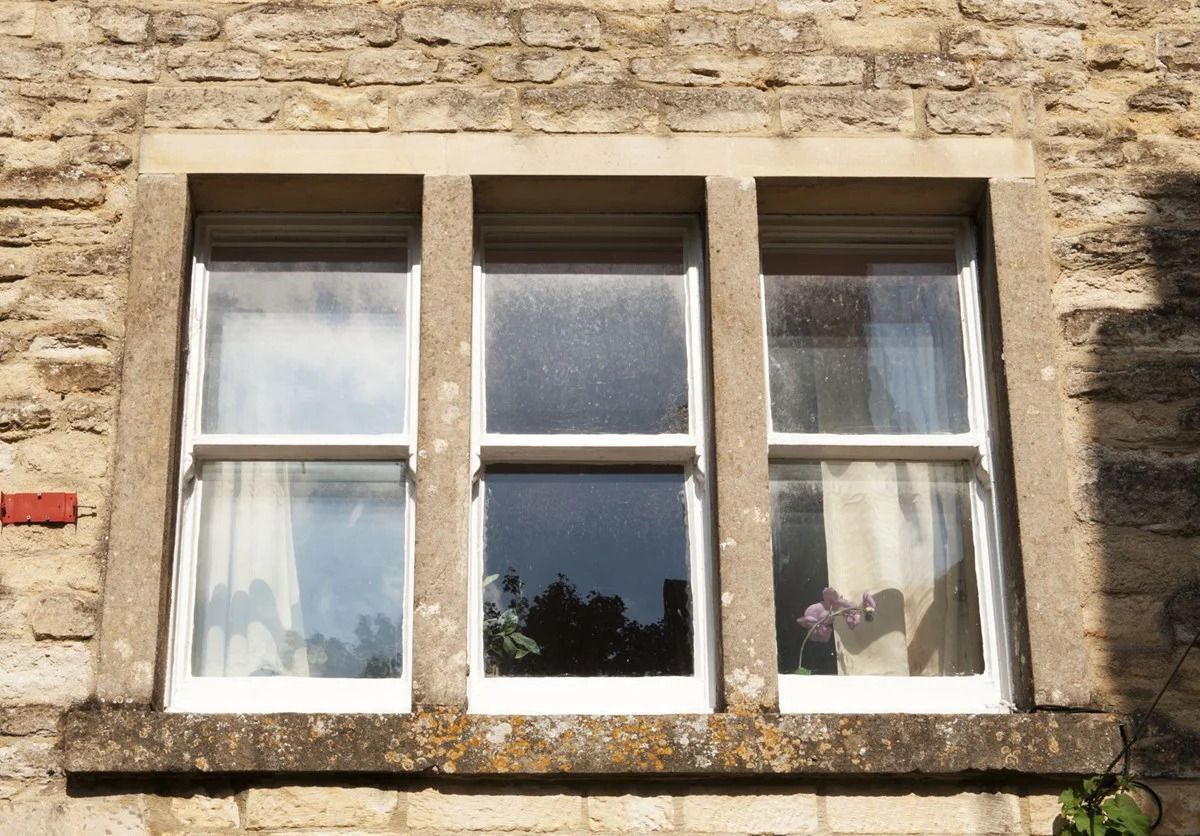
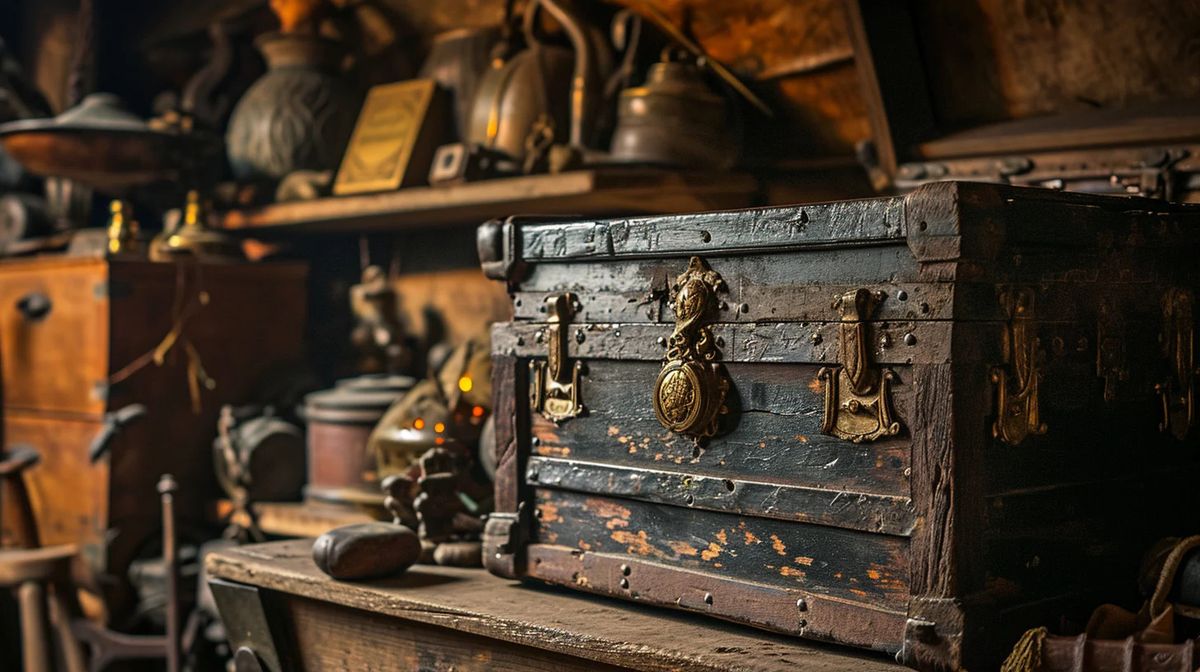
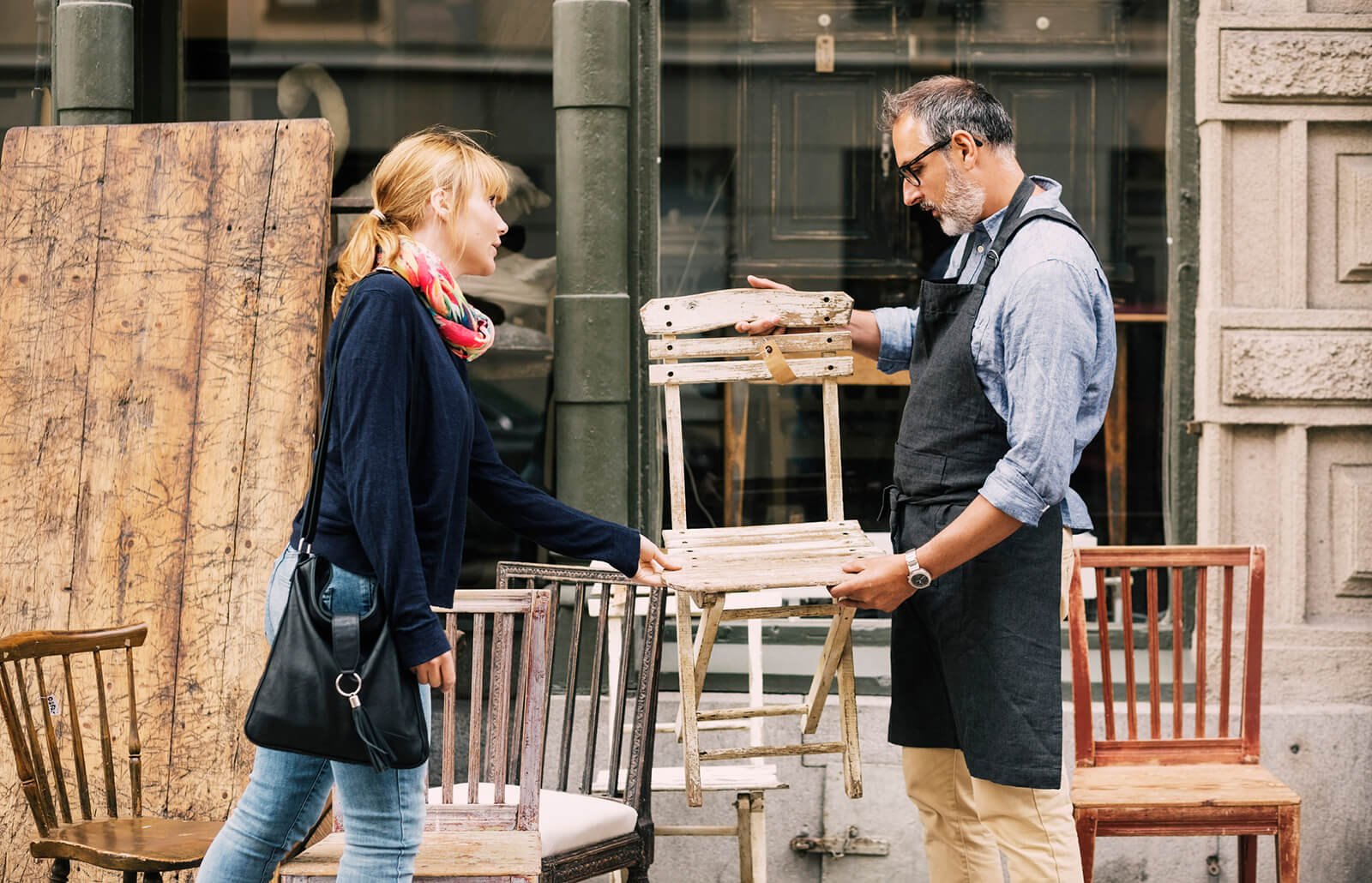
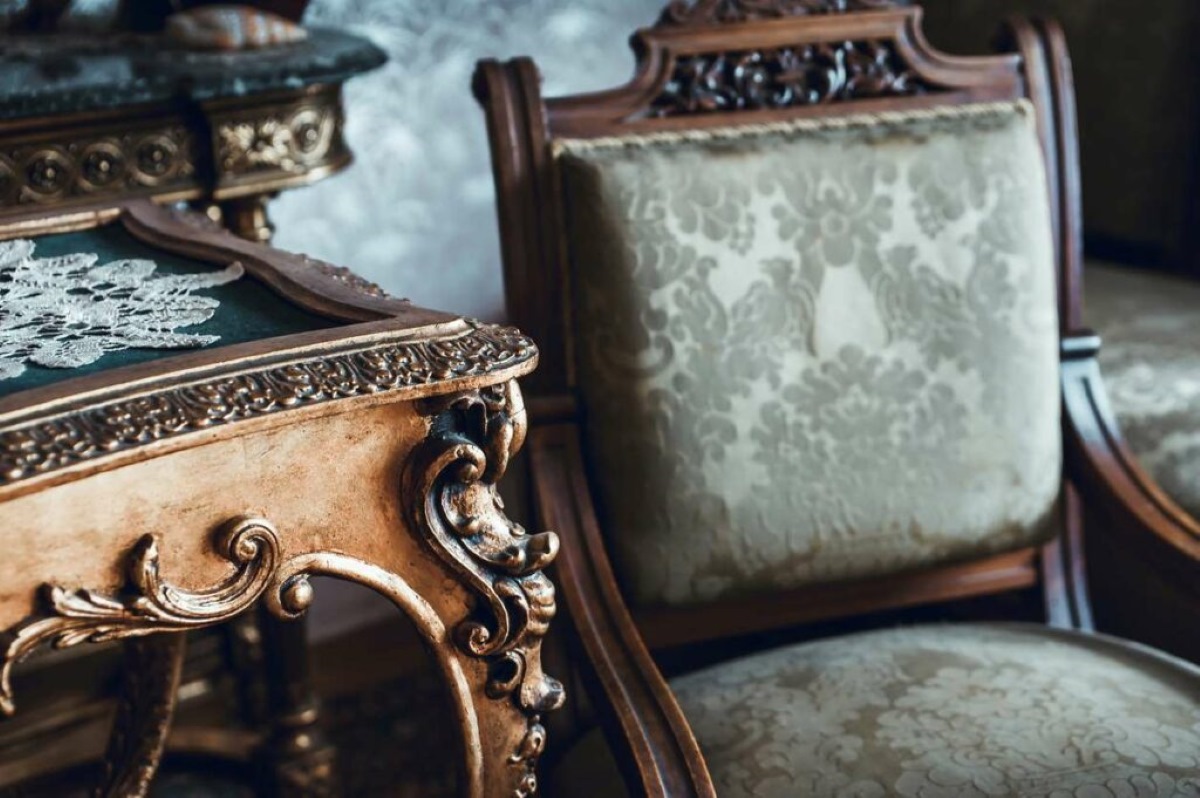
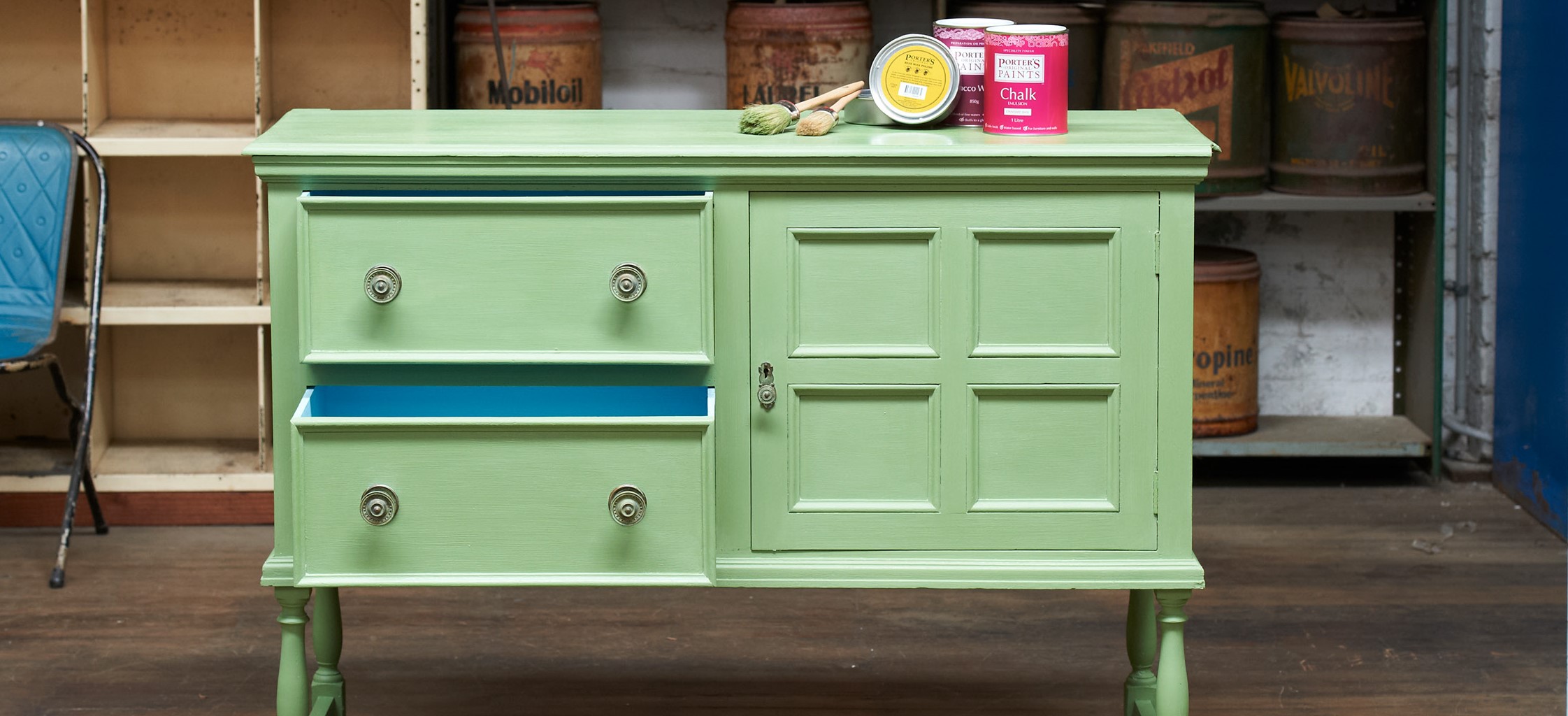
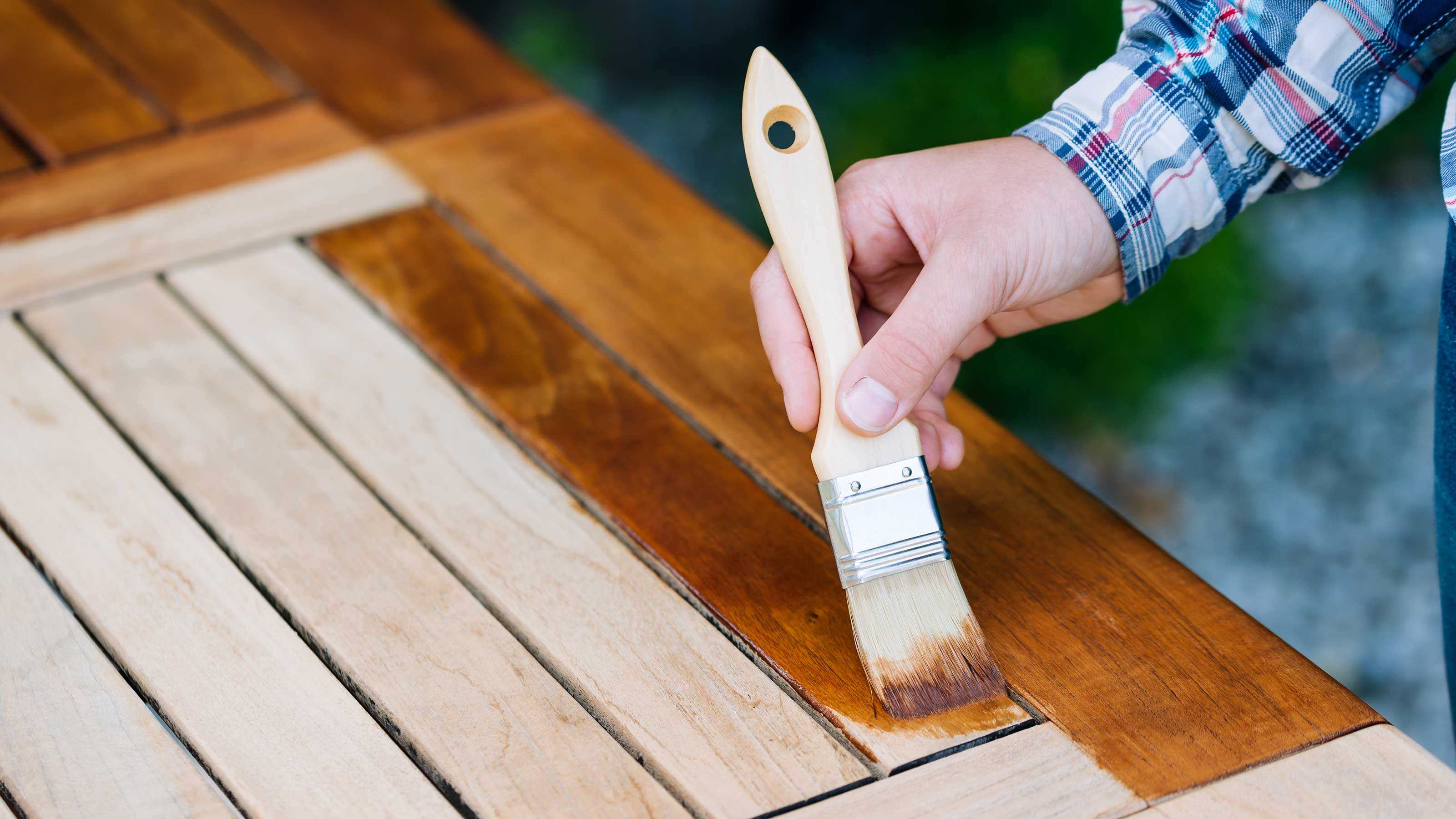

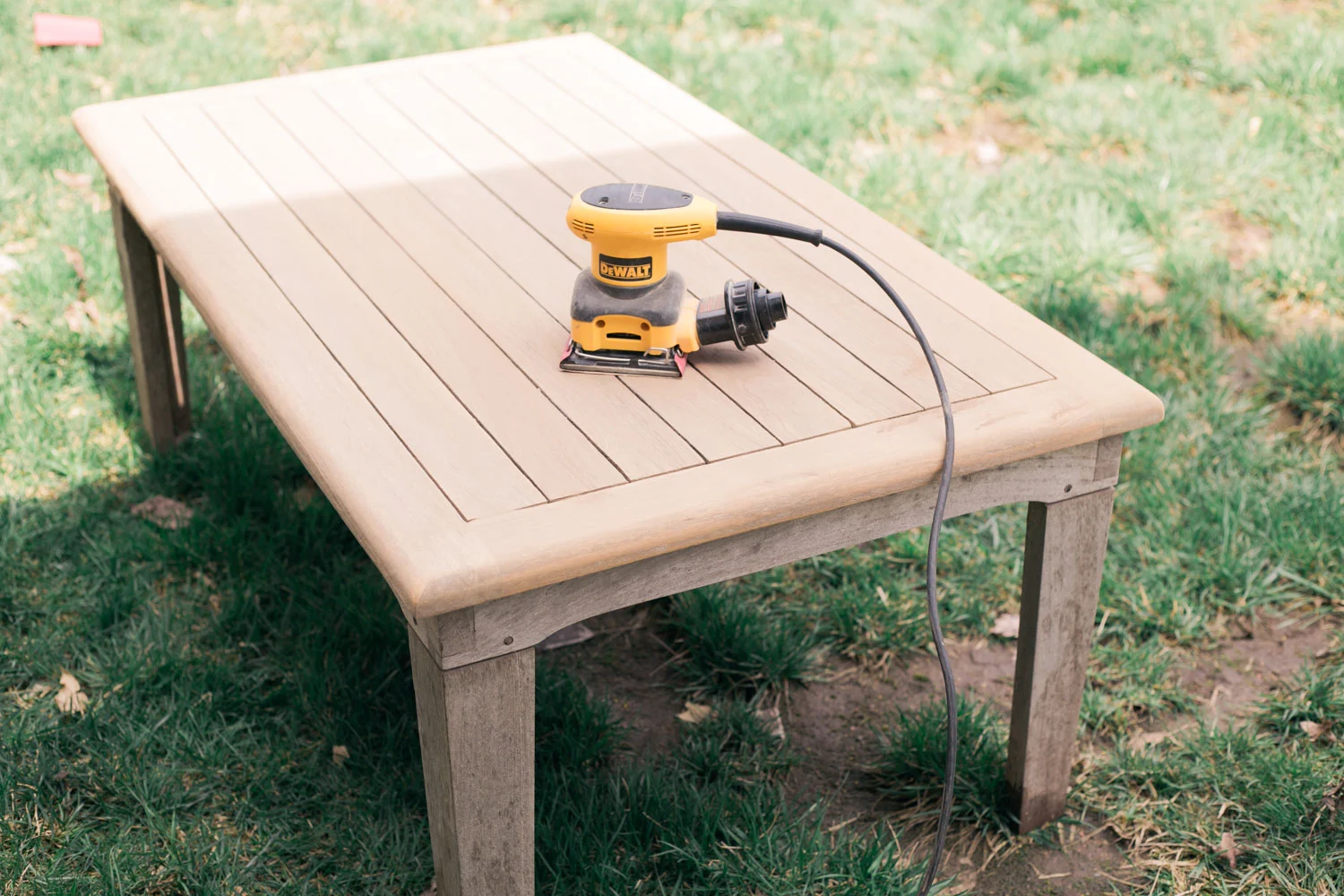
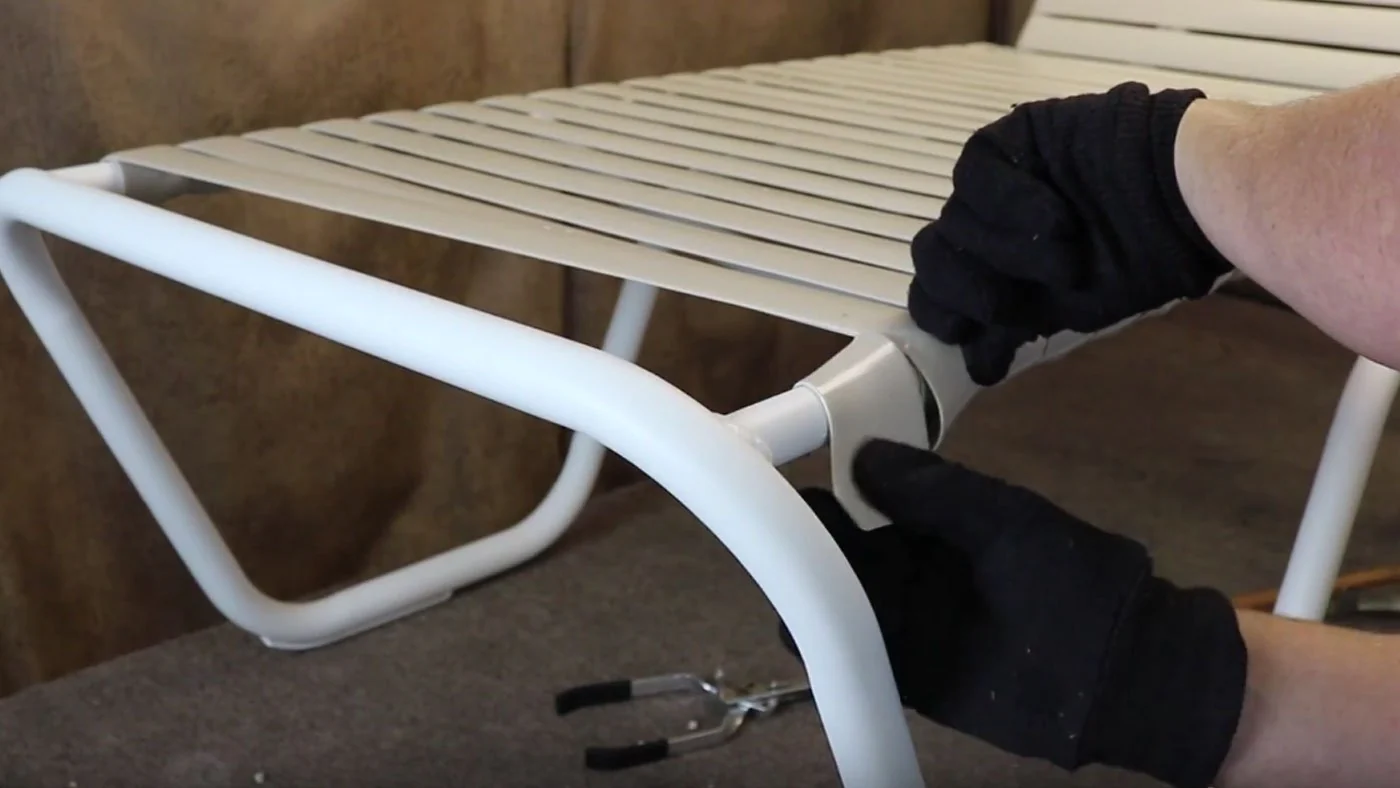
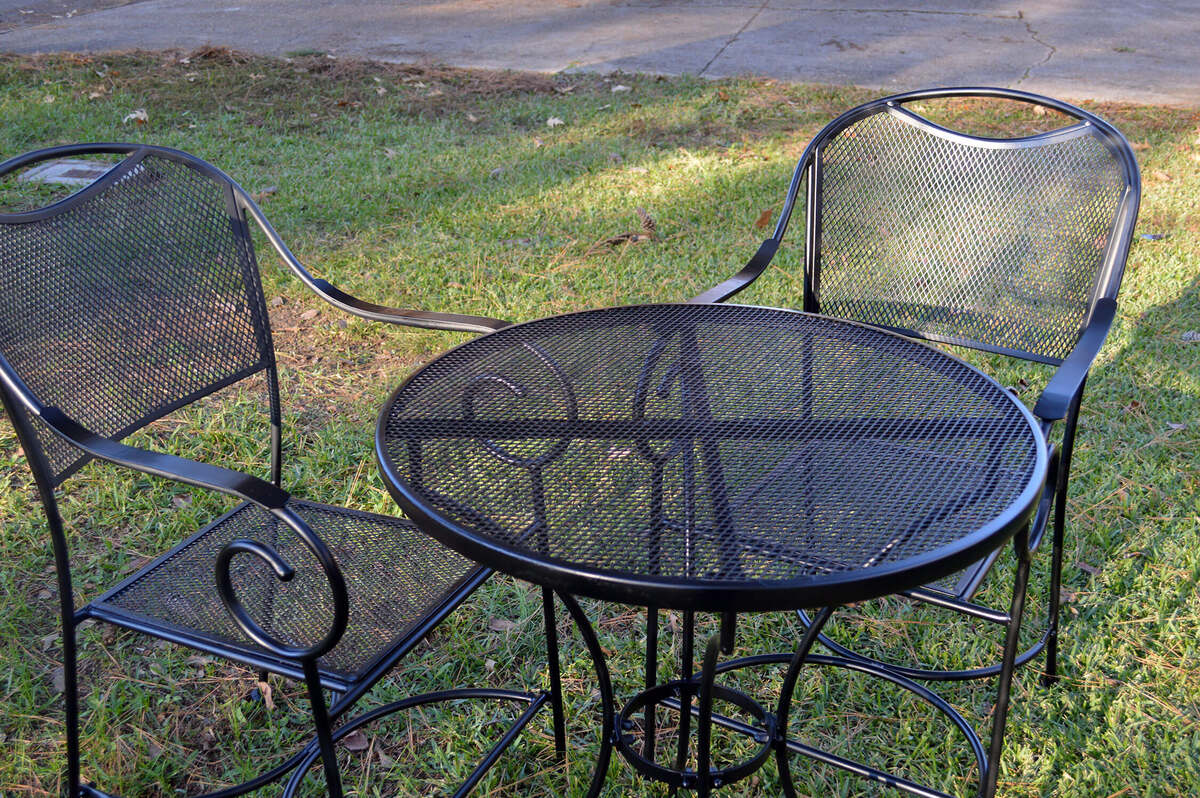

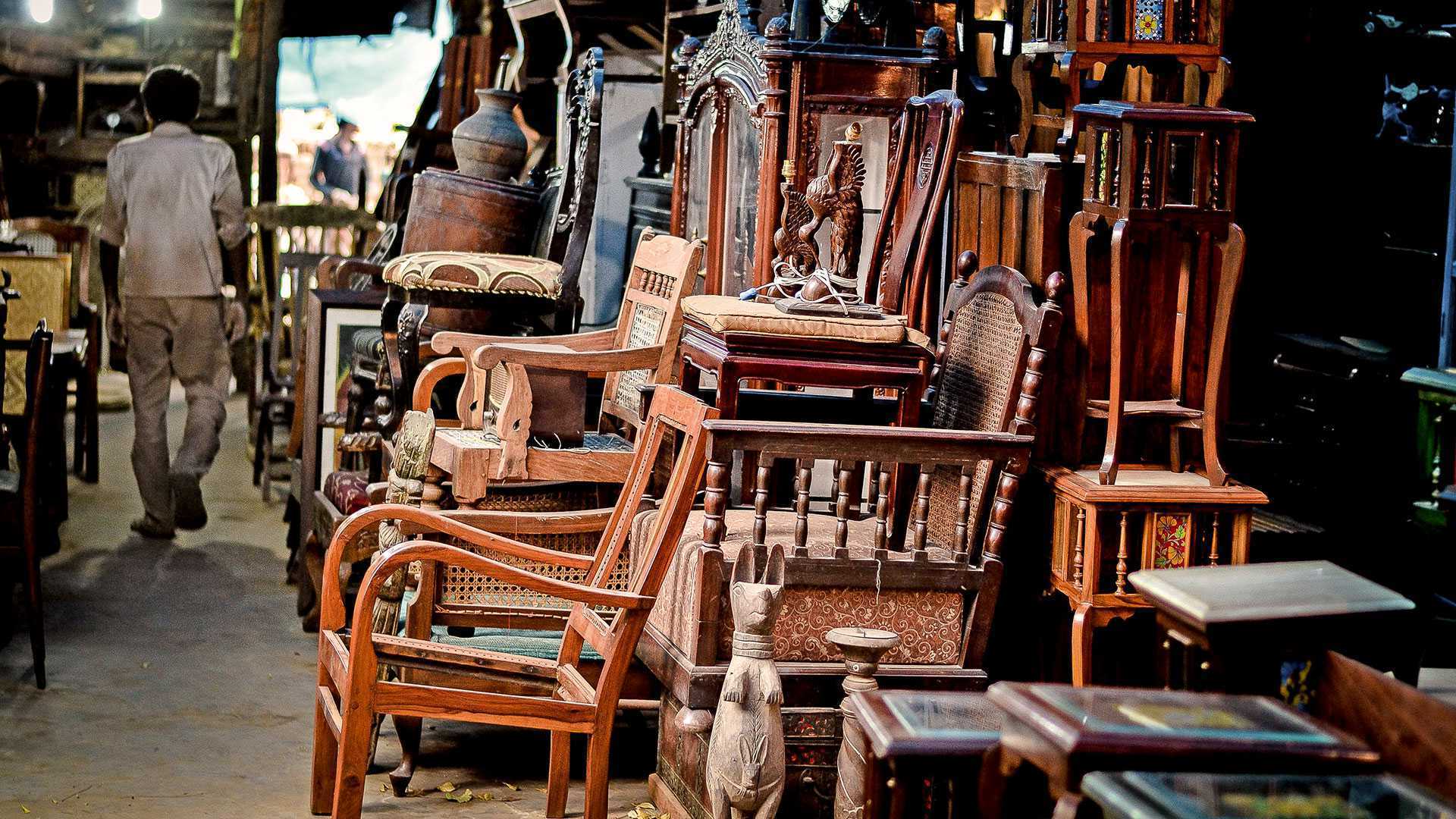
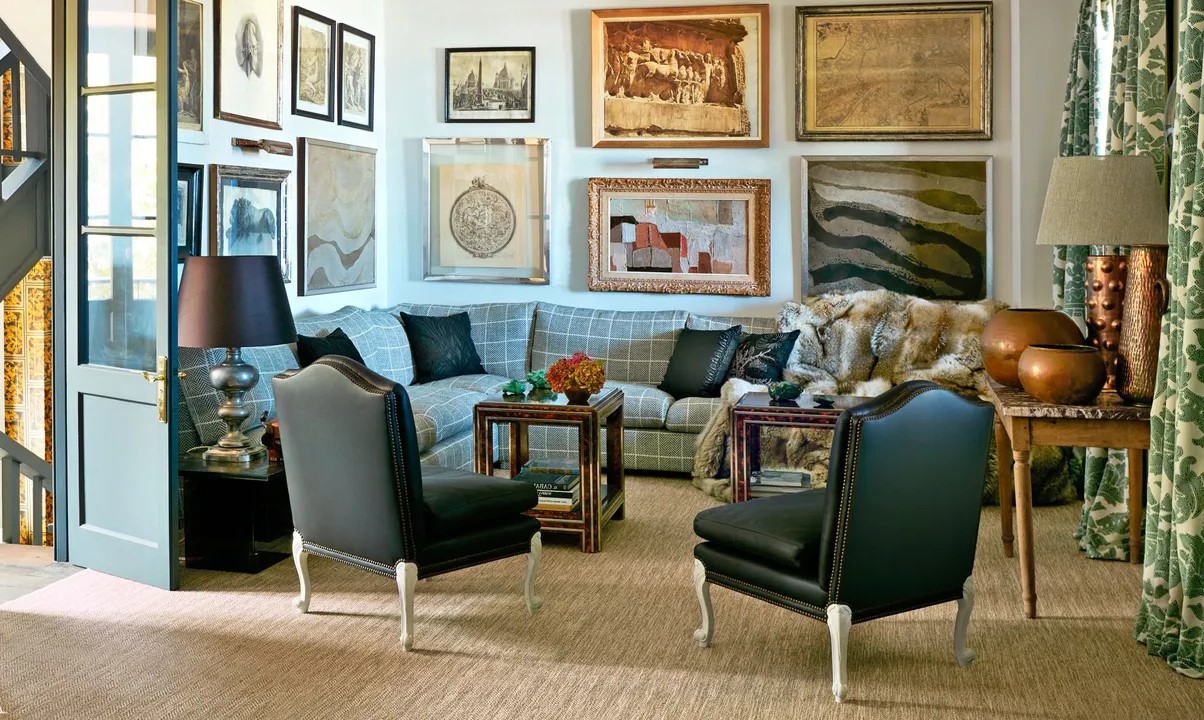
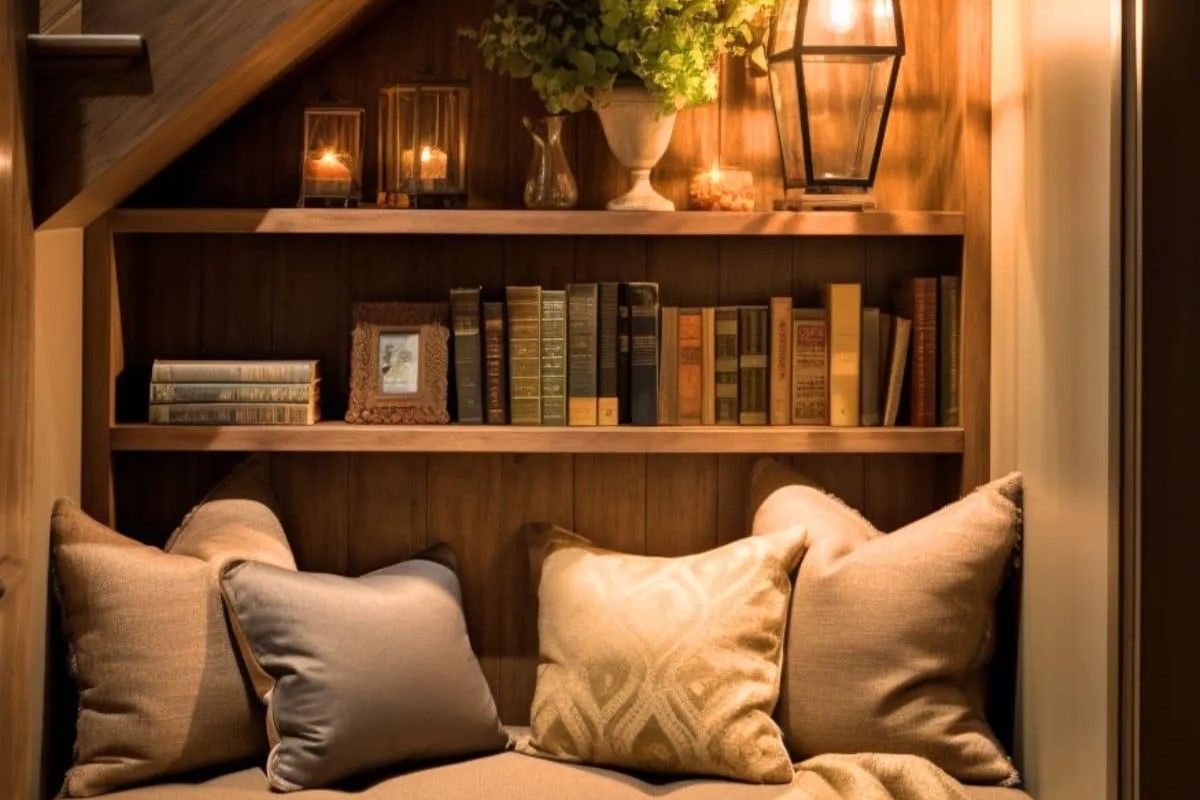
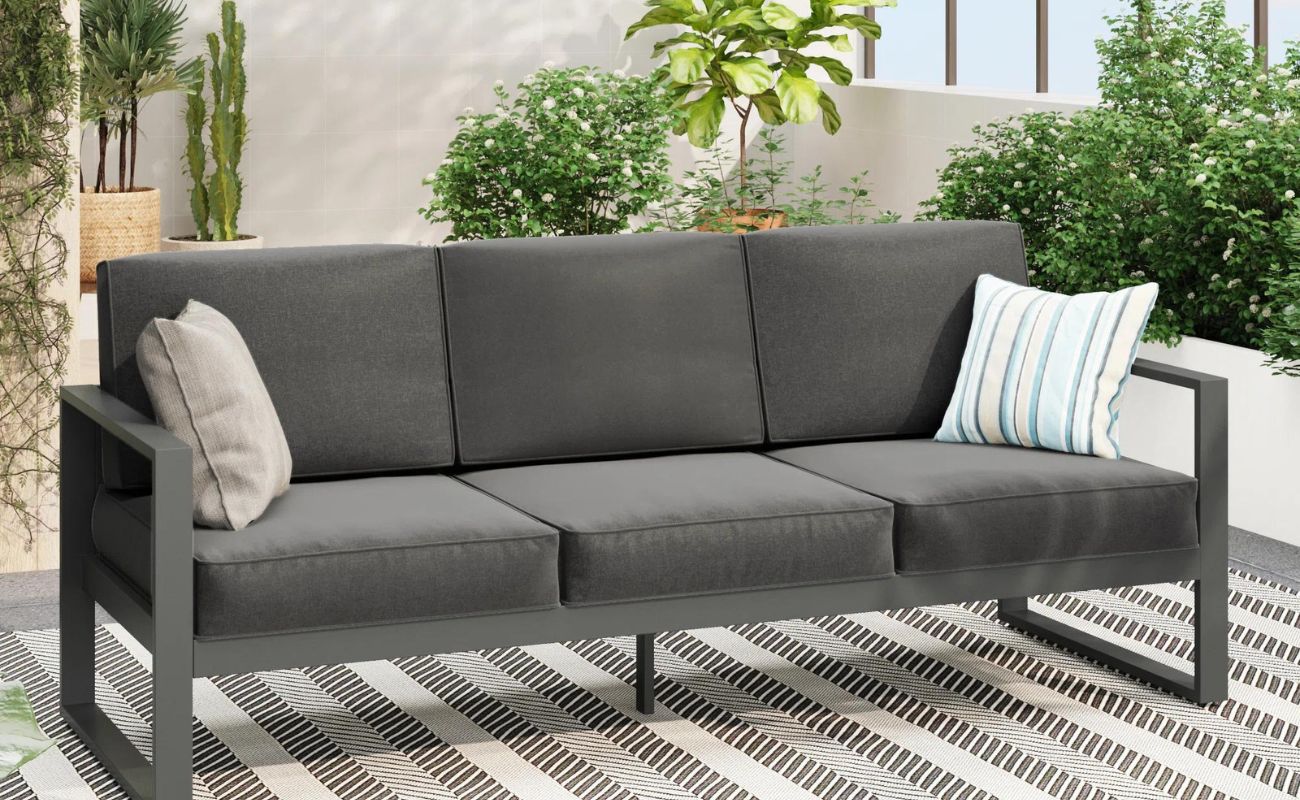

0 thoughts on “Whispers Of The Past Restoring Antique Furniture”